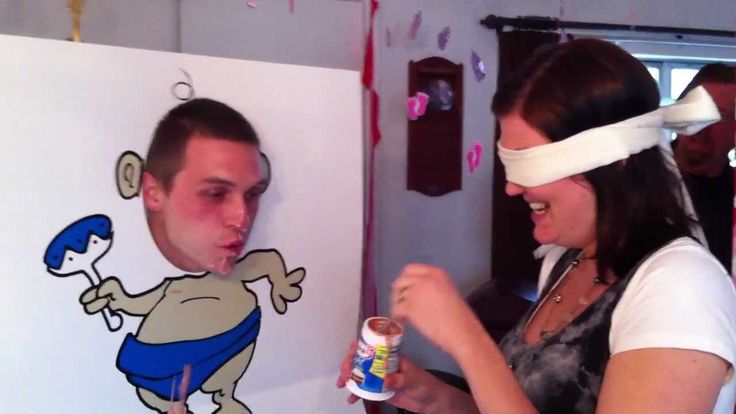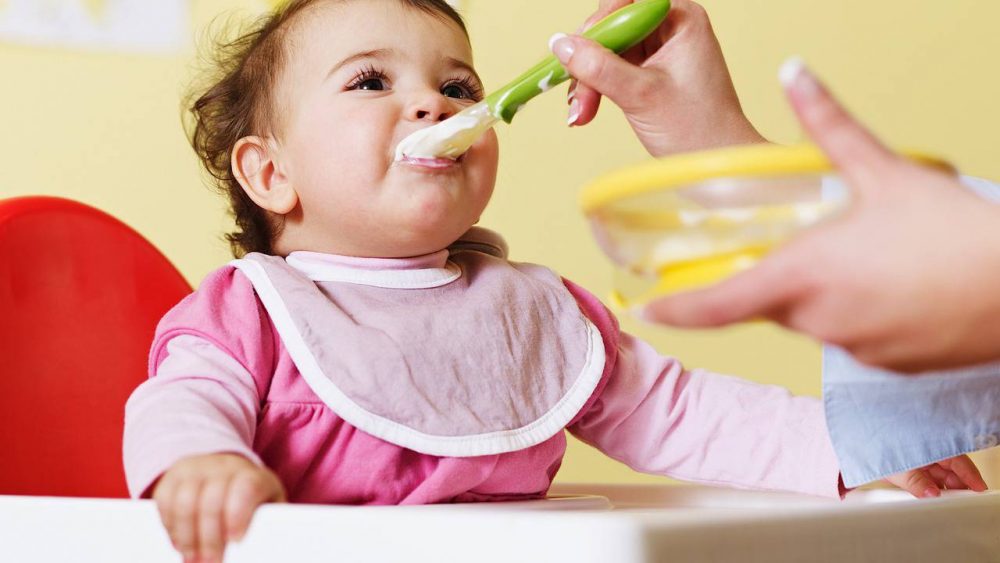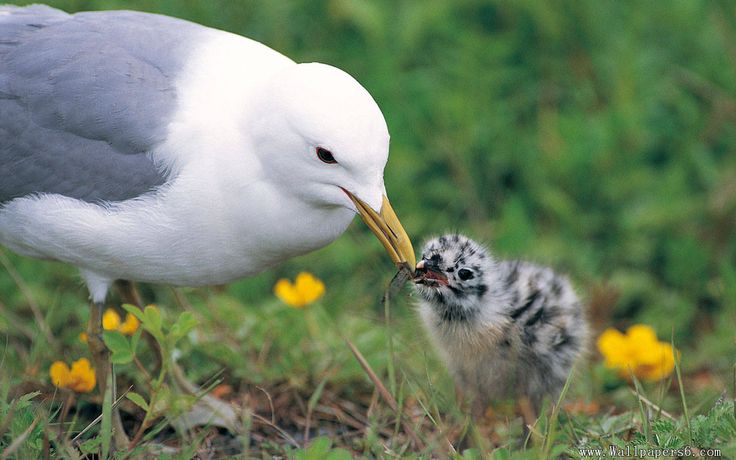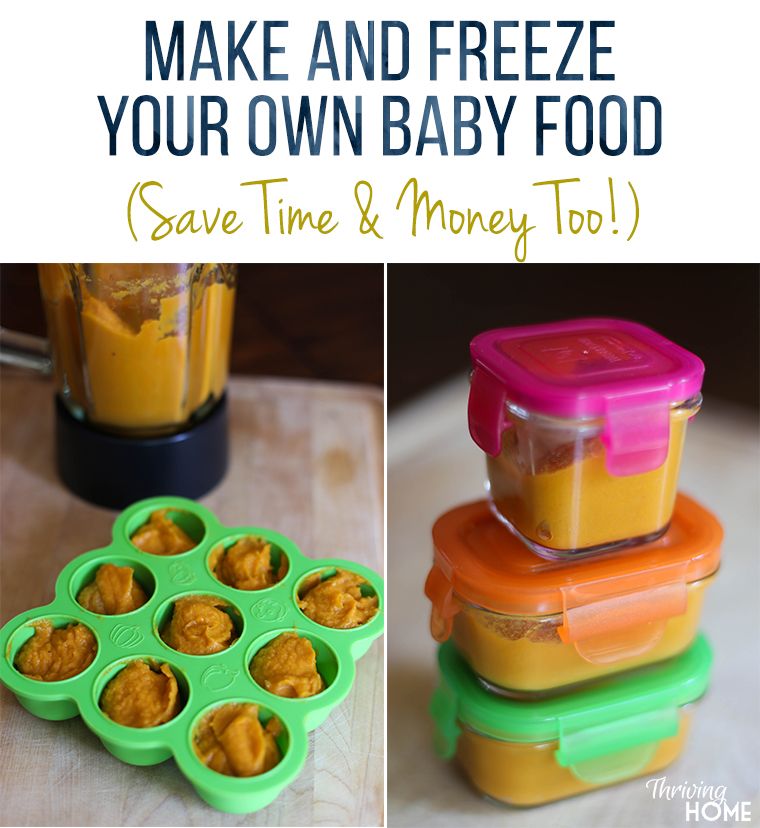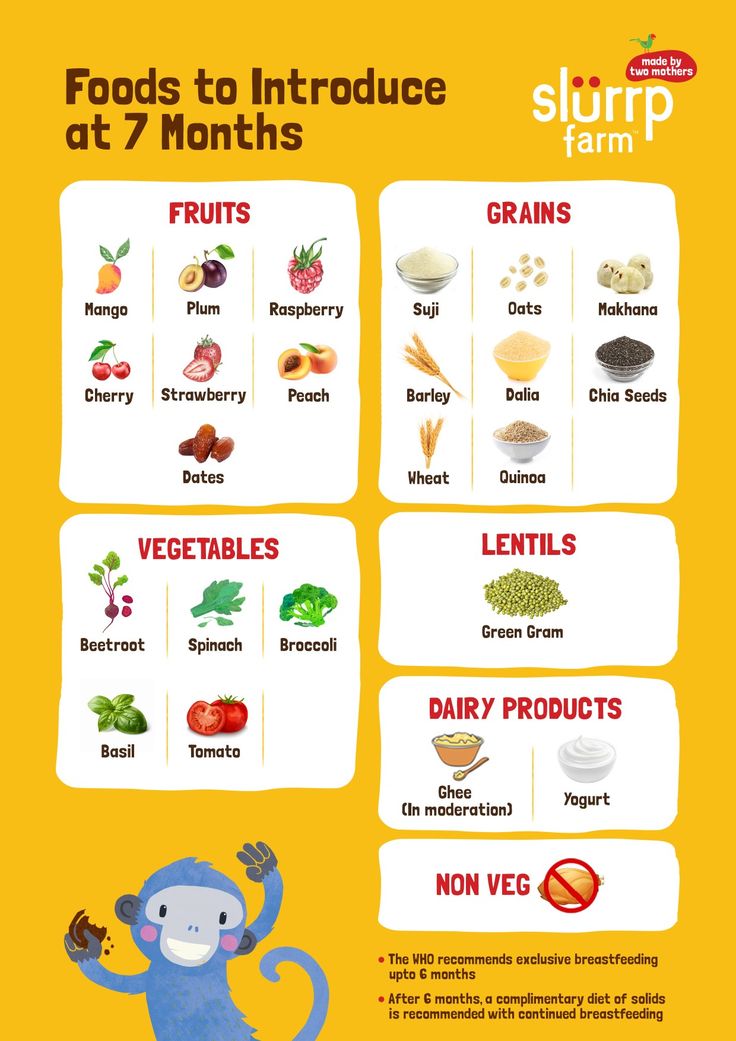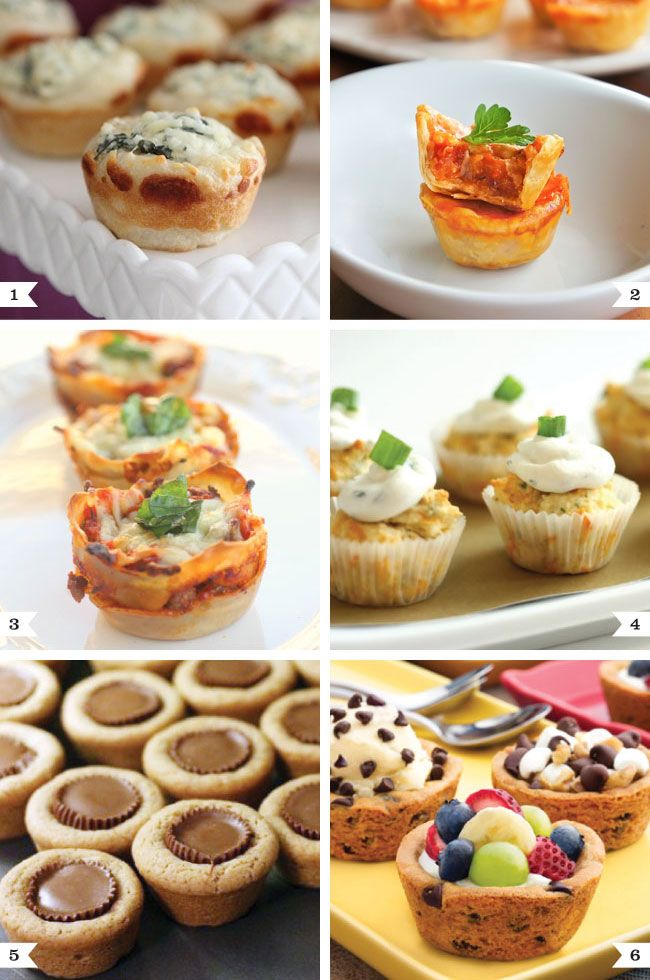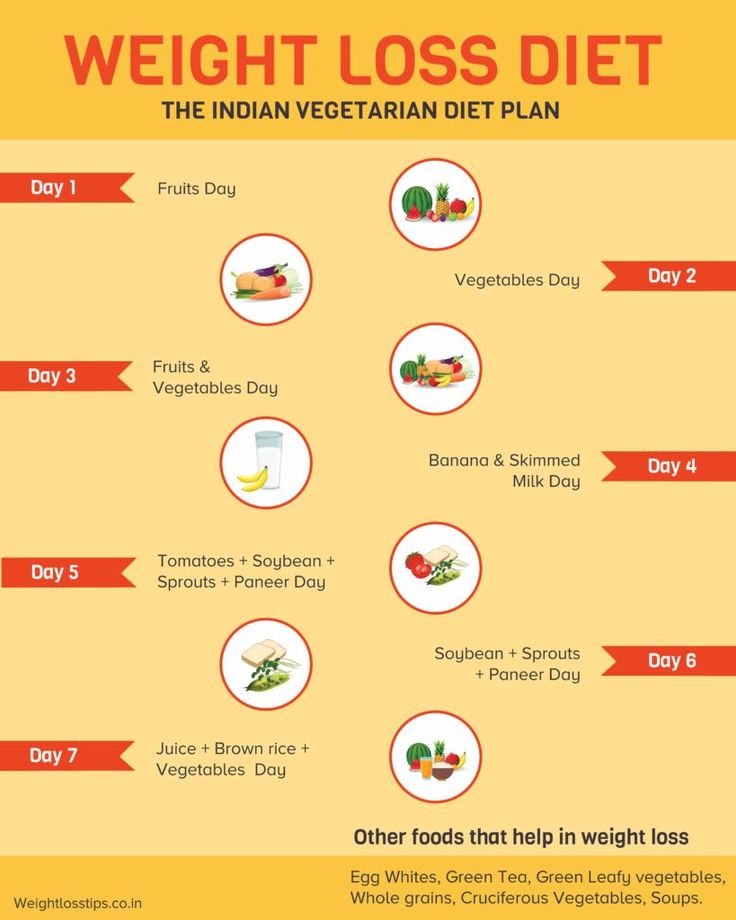Feeding the baby game
Baby Food Feeding Race - Baby Shower Games
Baby Food Feeding Race Game
Supplies: Baby food, plastic spoons, bibs and towels
One of the joys of having a baby come when the baby starts to eat real food. The faces, the mess and the fun choo-choo sounds effects help make meal time fun. Now your friends and family can join in the feeding frenzy with our Baby Food Feeding Race.
Baby Food Feeding Race Game Prep & Play
a. You’ll need a jar of baby food for each team, plenty of bibs and maybe some towels.
b. Have guests partner up. One person from each team gets to put on a bib. The other team member stands behind the teammate with the bib and is given a spoon and an jar of baby food.
c. The teammate with the baby food must feed the person with the bib while standing behind them.
d. To make things more interesting have a variety of baby food yummy kinds like Apple Sauce and scary kinds like Split Peas (sorry split pea fans) and have each team choose a mystery jar. Make sure to remove the label, so it is a real mystery.
e. Have 2-4 Teams compete at a time. The first team to finish their baby food and not just spill it all over the place wins a prize. If you have a large shower, it is best to have two heats as it is a fun and entertaining game to watch and then the winners of each heat can play again in the finals. Play a final round to determine the winner.
Item to Note
Watch out for Baby Food Spillers! Competitive ladies like to win and one thing you should mention is that the game is called Baby Food Feeding race not Baby Food Spilling Race, so if any contestants just spill the baby food as a way to empty their jar they will be eliminated from the game. This should keep players honest.
Variation – Baby Food Feeding Relay Race
In this version instead of having two person teams, you might have three teams with 4 or 5 people on them.
a. You set a Start line, that is wear the Teams stand and you set a feeding line (about ten feet away) where you can have a chair / stool where the baby (teammate) will sit to be fed. You’ll want to have extra bibs and towels by the stool.
You’ll want to have extra bibs and towels by the stool.
b. You Start the game with the First Player from the team going down to the stool placing a bib on a towel on her lap. The Second Team Member is given a spoon and an open jar of baby food. When the hostess says go the Second Team Member heads to the baby, stands behind them and starts feeding them the baby food.
c. When the Baby Food jar is empty. The First Team Member (baby who was being fed) stands up and can now remove their bib. They turn to the Second Team Member and grab the baby food jar and spoon and head to the starting line.
d. Once the jar and spoon have been take from the Second Team Member, they must now grab a bib, tie it on, sit in the chair and place a towel over their legs so they don’t get baby food on them.
e. When the First Team Member gets back to the start line, the Third Team Member can now leave with her spoon and food and start to feed the Second Team Member when they have their bib on and are seated.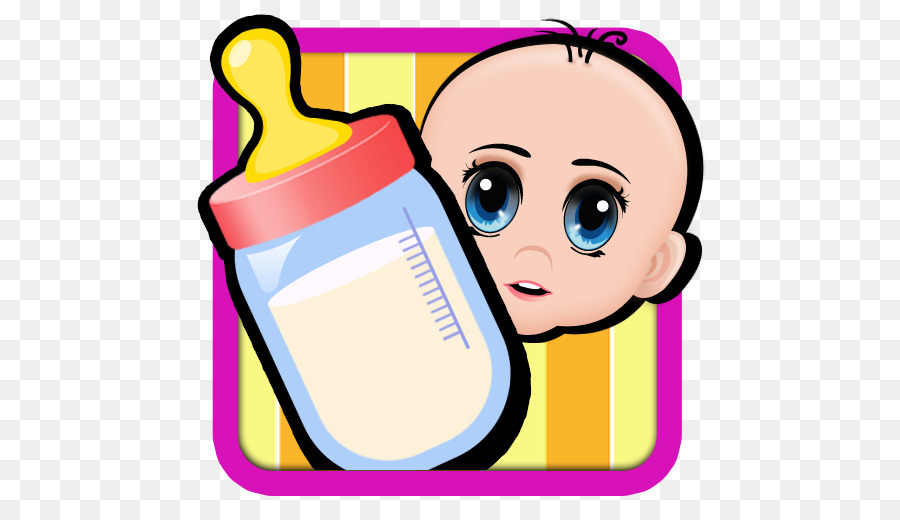
f. This process continues until everyone, including the First Player, has feed the baby. The first team to have all their Team members do it first wins!
WATCH: Dad catches foul ball while feeding baby at Padres-Reds game
By Chris Bengel
• 1 min read
USATSIWhen attending a baseball game, fans often have to keep their head on a swivel -- especially when young children are involved. That certainly was the case during Tuesday's game between the Cincinnati Reds and San Diego Padres.
That certainly was the case during Tuesday's game between the Cincinnati Reds and San Diego Padres.
During the fifth inning, Padres catcher Luis Campusano popped a foul ball into the seats on the third base and one fan quite an impressive catch. While feeding a baby that was strapped to his chest, the man was able to catch the foul ball -- while also protecting his child.
Catching a foul ball while bottle-feeding the baby... just dad things. pic.twitter.com/tTXL0oDquu
— Cincinnati Reds (@Reds) April 27, 2022
It wasn't even just that the fan had to read the ball off of Campusano's bat. The ball ended up bouncing off some seats before he was able to snag it, making it all that much more difficult to pull off.
The announcers and fans around him were absolutely in awe of the tremendous feat. In addition to all that, the baby didn't move a muscle and was clearly too busy to care.
While the Reds lost the game 9-6, it's clear that this fan probably won't remember a ton about the outcome.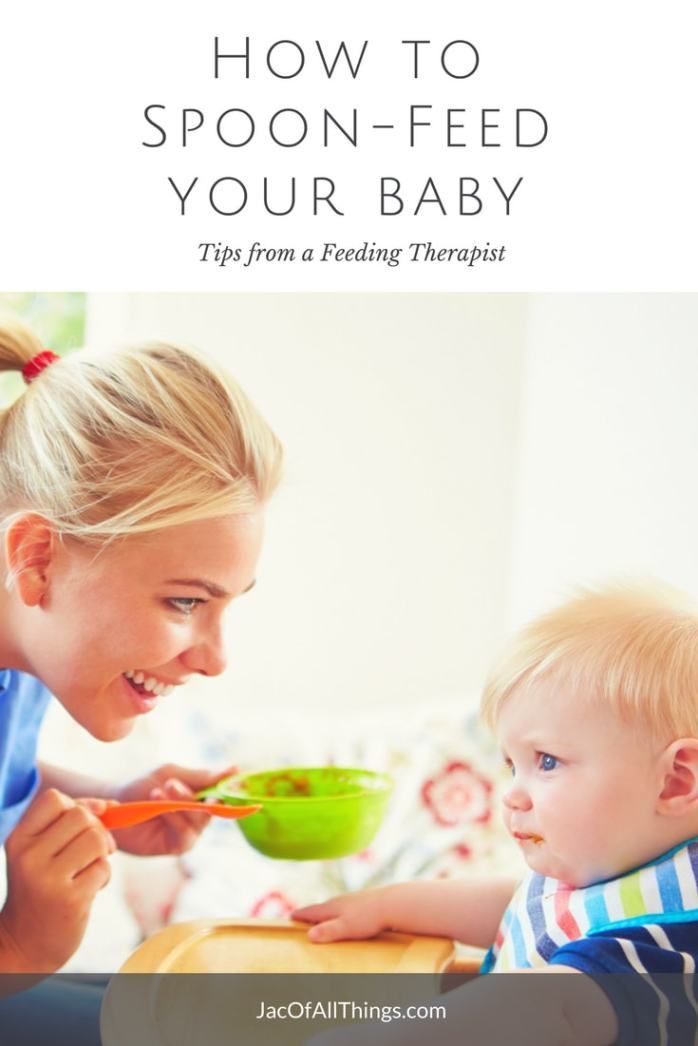 He'll remember when he pulled off the "Dad of the Year" moment, catching a ball off the bat of Campusano, one of the Padres' top prospects.
He'll remember when he pulled off the "Dad of the Year" moment, catching a ball off the bat of Campusano, one of the Padres' top prospects.
Our Latest Stories
Dodgers, Astros open as '23 World Series favorites
R.J. Anderson • 1 min read
Four questions facing Astros after winning World Series
R.
 J. Anderson • 4 min read
J. Anderson • 4 min read Top 50 MLB free agents; Judge, Correa lead list
R.J. Anderson • 35 min read
Cardinals hire Matt Holliday as bench coach
Mike Axisa • 1 min read
What's next for Phillies after World Series loss?
Mike Axisa • 6 min read
'Mattress Mack' wins record $75M with Astros' title
Chris Bengel • 1 min read
-
LOOK: Fan catches foul call while holding baby
Chris Bengel 1 min read
-
Dusty Baker cements legacy with Astros ring
Matt Snyder 7 min read
-
Top 50 free agents: Judge leads list
R.
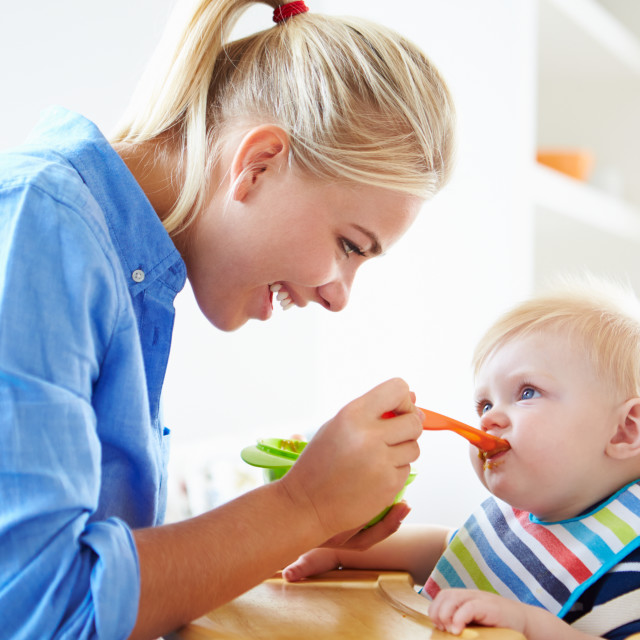 J. Anderson 35 min read
J. Anderson 35 min read -
Do Astros deserve 'dynasty' label?
Mike Axisa 2 min read
-
How Astros won a title after scandal
Dayn Perry 4 min read
-
Four questions facing Astros after title
R.
 J. Anderson 4 min read
J. Anderson 4 min read -
Astros' rookie Jeremy Peña named World Series MVP
Mike Axisa 1 min read
-
Cardinals hire Matt Holliday as team's bench coach
Mike Axisa 1 min read
-
Phillies' Wheeler surprised to be pulled from Game 6
R.
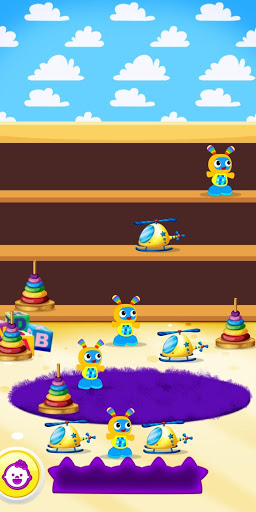 J. Anderson 3 min read
J. Anderson 3 min read -
WATCH: Alvarez crushes go-ahead Game 6 homer
R.
 J. Anderson 1 min read
J. Anderson 1 min read
Proper childcare: play and feeding
Proper care is very important when playing and feeding. Children of all ages love to play with their parents. You can play with your baby anywhere: on the changing table, on the playground, on your lap while holding your baby, etc. You can play finger games or toys, sing songs, you can move with the child, dance and play with him when he gets a little older.
One of the famous, comfortable positions for feeding, playing, massage and just showing affection is the position when your legs form a ring. To do this, sit on the floor and connect the soles of your feet to each other.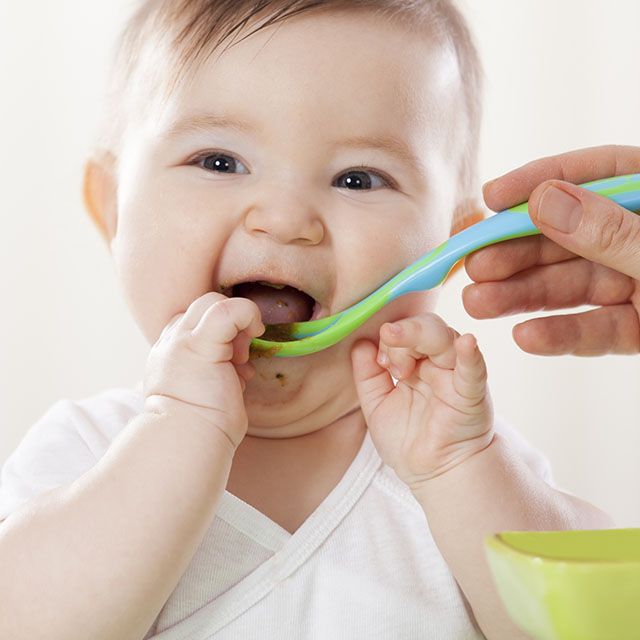 Now you can put your baby's head on your feet and continue caring for him:
Now you can put your baby's head on your feet and continue caring for him:
Position on feet
It is quite comfortable to feed and change a child on your knees, but only if he is not too big yet. So you can cuddle and play with him. To properly position your baby on your lap, you should sit on the floor and place your baby on your hips:
Hip position
If you are tired of sitting on the floor, or you are uncomfortable, then you can, for example, get a special footstool to reproduce this posture, sitting in an armchair or on a sofa and placing your feet on this bench. The main thing to remember is that the baby's head should still be comfortable and stable on your hips and not lean back behind your knees.
If you are breastfeeding, it is best to change your breastfeeding position regularly. At the same time, make yourself as comfortable as possible, then your child will also feel this comfort and relax. Breastfeeding is an individual dialogue between mother and child. There are many suitable and unusual positions for this which are not described here. If you require this information, please refer to the relevant literature.
At the same time, make yourself as comfortable as possible, then your child will also feel this comfort and relax. Breastfeeding is an individual dialogue between mother and child. There are many suitable and unusual positions for this which are not described here. If you require this information, please refer to the relevant literature.
Breastfeeding, like the rest of baby care, also requires changing the sides through which you interact with the baby. However, if you are feeding him with a bottle, hold the bottle in one hand and the baby in the other so that he does not have to turn his head. Feeding on your knees occurs in a symmetrical position - the child can easily eat porridge from a spoon.
For feeding porridge, it is better to use a flat spoon made of plastic or metal, depending on which spoon the child is better at removing porridge from. Insert the spoon directly into the child's mouth and lightly press down on the tongue from above. Then he should be active and independently remove the porridge from the spoon with the help of his upper lip. Thus, the first chewing activity is started. You should not just remove the porridge from the upper lip of the child, while continuing to encourage and strengthen the suction reflex, your task is to teach the child to chew.
Thus, the first chewing activity is started. You should not just remove the porridge from the upper lip of the child, while continuing to encourage and strengthen the suction reflex, your task is to teach the child to chew.
From the 6th month, the child usually begins to perform grinding movements with the lower jaw, i.e. learn to chew. To support this skill, you can let the porridge flow from the spoon inward over the cheeks. Then the child will begin to chew and try to pull the porridge out of the cheek pocket with his tongue. Then he presses the porridge with his tongue against the palate, in contrast to the sucking process, in which the tongue remains lower. Feeding, where the child takes an active part, contributes to the development of motor skills of the language, which, in turn, is a necessary condition for its proper formation.
For the same reason, you can gradually teach your child to drink from a cup from the age of 6 months. While drinking, the tongue should form a depression for the liquid. After the first year of life, it is harmful to use nipples or bottles with special nozzles, because they negatively affect the development of teeth, mouth and jaw. Again, they encourage the baby to continue sucking and chewing and swallowing skills are inhibited. In addition, the nozzle puts pressure on the first teeth, which can harm their proper formation and growth. The jaw joint is also subjected to adverse stress, as the mandible is constantly pushed back by the suction movement and malocclusion may develop. But this does not apply to cases when a child uses a drinking straw from the age of two, on the contrary, it has a beneficial effect on the motor skills of the oral cavity.
After the first year of life, it is harmful to use nipples or bottles with special nozzles, because they negatively affect the development of teeth, mouth and jaw. Again, they encourage the baby to continue sucking and chewing and swallowing skills are inhibited. In addition, the nozzle puts pressure on the first teeth, which can harm their proper formation and growth. The jaw joint is also subjected to adverse stress, as the mandible is constantly pushed back by the suction movement and malocclusion may develop. But this does not apply to cases when a child uses a drinking straw from the age of two, on the contrary, it has a beneficial effect on the motor skills of the oral cavity.
0. Daily childcare (introduction)
1. Daily handling of the baby (handling)
2. How to carry a baby
3. Play and feeding
4. Dressing, changing diapers and bathing
5. Back position
6. Side position
7. Prone position
16 games and experiments with food
The main way children learn about the world is through play.![]() And food games are no exception. We grew up in the belief that food is a special value, it is not a toy. But it is important for our children to play. It is by playing that the child learns, develops interest, begins to trust food more. How to separate play with food and play while eating, says the author of the book "Baby Food: One Meal for the Whole Family" nutritionist Alexandra Sitnova.
And food games are no exception. We grew up in the belief that food is a special value, it is not a toy. But it is important for our children to play. It is by playing that the child learns, develops interest, begins to trust food more. How to separate play with food and play while eating, says the author of the book "Baby Food: One Meal for the Whole Family" nutritionist Alexandra Sitnova.
The great value of play
Important and useful for the child's food interests and eating habits:
- playing with toy foods, feeding dolls and bears outside the child's meals;
- pouring cereals, sorting vegetables and fruits by color, size;
- product experiments;
- pouring water, soup, juice, milk from one container to another, even while eating: if a child pours water from a glass into a plate, this is normal;
- clenching food in a fist, spreading fingers on a plate, drawing with a finger on porridge - this is also normal;
- endowing food with the properties of toys (bitten a cutlet to make a dinosaur, laid out a Christmas tree from a cucumber, blinded a typewriter from mashed potatoes).
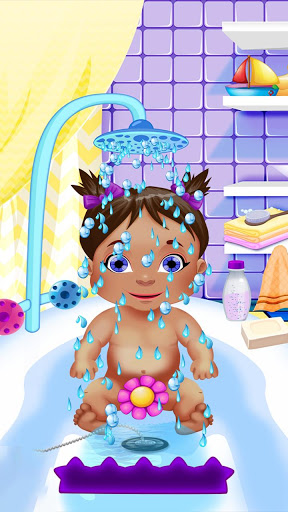
If a child came up with such a game himself, that's fine. All this helps the child to learn the tastes and textures, the properties of food, endow it with some qualities, and therefore make it his friend. Such games can be very dirty, but the sooner the child goes through all the stages of food games, the wider his diet will be. Children who were not allowed to play with food at an early age may show more pronounced rejection of new foods and try to play with food at an older age when they find themselves in a children's group.
What not to do?
Interferes with a good relationship with food:
- feeding toys during the child's meals, because most often, while the child is feeding the bear, the mother is quietly feeding the child;
- toys that distract the child from eating: from rattles for the little ones to a teapot with lights, which are turned on for the child to eat;
- meals in the room where the child usually plays;
- tableware with game elements: plates with a secret bottom where a toy is hidden, forks and spoons in the form of excavators and airplanes;
- parents making toys from food: carving bears out of apples, drawing muzzles on porridge, celery palm trees and cars out of carrots and peas.
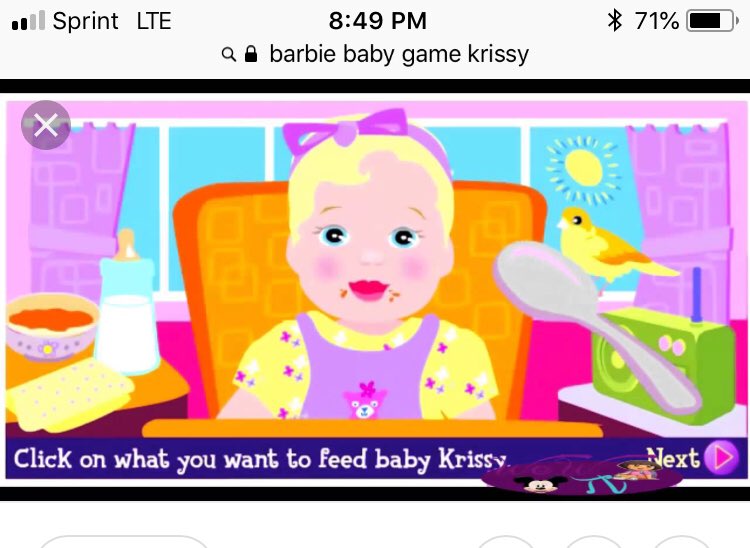
In these cases, the child does not learn food through play, but is distracted from eating by play. He does not study textures, tastes, aromas.
Sample Games
Try the following food games that your little ones and those who are just starting school will love.
Vegetable and Fruit Guessing Bag
Place some vegetables - real or toy - in a fabric bag or pillowcase. Ask your child to feel the bag and guess what vegetables are in it. In the next step, you can invite the child to put his hand in the bag and try to guess again. A variant of this game would be the Blindfold Guess the Vegetable game. Blindfold the child and put a vegetable in his hands. Let the child guess what kind of vegetable it is by touching, smelling, and maybe tasting it. Don't miss your round and try to guess what your child put in the bag.
Letter of the week
Every week, try a product with a certain letter, or include the maximum number of products with that letter in the menu. For example, from products with the letter M, do not forget about milk, raspberries, tangerines, carrots, meat and pasta.
For example, from products with the letter M, do not forget about milk, raspberries, tangerines, carrots, meat and pasta.
Guess the odd one
Name or write four words, including three vegetables or fruits, and one extra word. For example: "carrot, potato, cat, onion." Ask your child to find the odd word. Make the game harder by using a word that is also food. For example: "celery, peppers, carrots, yogurt." Ask the child why the extra word doesn't fit the rest of the group.
Host a theme day
Offer to try different variations of the same product by hosting theme days. For example, on Apple Day, offer green apples, red apples, dried apples, celery apple soup, apple duck, applesauce, apple juice, and even apple ice cream.
Guess the food
“I am thinking of a food that starts with a letter…” Give additional clues such as color, shape, texture, etc. until the child can guess what the food is. Now let the child guess the product, and you will guess.
Raisin meditation
A video of the raisin meditation can be easily found on YouTube, but we will provide a simplified version for children. Choose a time when your child is not too hungry and suggest trying familiar foods again. After a few such workouts, you can move on to new foods that the child has not eaten before. Complete all steps with your child.
Hold the zest or the product of your choice. Consider it. What is she? Describe the color, size, shape, any irregularities. Is she cold or warm? Soft or hard? Smooth or rough? Smell the "flavor". What is her scent? What does she look like? Is it a sweet flavor, salty, sour? Move the "highlight" away from the nose. Do you smell the scent now? Put in your mouth. Don't chew, don't swallow. Just hold it in your mouth for a few seconds. What does the "raisins" taste like? What other product does it taste like?
Now chew. What sound do you hear when you chew? Is the product crunchy or not? Is it easy for you to chew? Is the product soft or hard? Or maybe it's sticky? Is he hot or cold? Chew carefully, feel the taste, describe it: sweet, very sweet, sweet and sour, salty, bitter… Swallow. What do you feel in your mouth? Is there a taste of "raisins" left? Want to eat another one?
What do you feel in your mouth? Is there a taste of "raisins" left? Want to eat another one?
Experiments and experiments
All children like experiments and experiments. Try the following food experiments with your child. He can be both a participant in the experiment and an observer. The child will be able to touch food, examine it, study its properties and become interested in it.
Salted Potato Experiment
Fill two small bowls with water and add a few teaspoons of salt to one of them. Label both bowls so you know which one contains the salt water. Cut the potatoes in half and place each half cut side down in a bowl. Leave for about 30 minutes and see what happens: the salt water will draw the water out of the potatoes, causing them to shrivel. Explain to the children that just as potatoes lose water when they are put in a salty solution, salty foods and drinks make people thirsty.
Red cabbage experiment
You will need red cabbage, baking soda, vinegar, water and three glasses.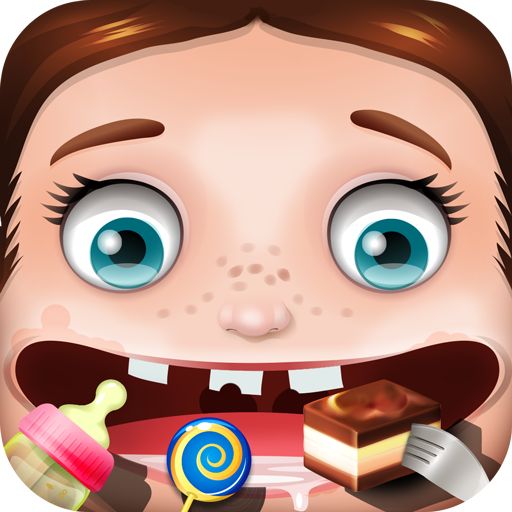 Finely chop the red cabbage, pour a glass of boiling water. Pour cold water into glasses. In the first, add a teaspoon of soda, in the second - a teaspoon of vinegar. Leave the third with clean water. Strain the red cabbage solution and divide into three portions. Pour a third of the solution into a glass of vinegar water, a third into a glass of soda water, and a third into a glass of clean water. The vinegar solution will turn red, the soda solution will turn blue, and in the third glass the solution will turn purple. Red cabbage juice acts as an indicator of acid-base balance, changing its color. Mix vinegar and soda solutions. You will notice the release of air bubbles, after which the solution will turn purple.
Finely chop the red cabbage, pour a glass of boiling water. Pour cold water into glasses. In the first, add a teaspoon of soda, in the second - a teaspoon of vinegar. Leave the third with clean water. Strain the red cabbage solution and divide into three portions. Pour a third of the solution into a glass of vinegar water, a third into a glass of soda water, and a third into a glass of clean water. The vinegar solution will turn red, the soda solution will turn blue, and in the third glass the solution will turn purple. Red cabbage juice acts as an indicator of acid-base balance, changing its color. Mix vinegar and soda solutions. You will notice the release of air bubbles, after which the solution will turn purple.
Paper clip and water experiment
You will need a glass of water, a drop of dish soap and a paper clip. Take a paperclip and carefully place it on the surface of the water. It will not sink due to the surface tension of water. If you drop a drop of dishwashing detergent, the surface tension will loosen and the paperclip will sink.
Sinks - doesn't sink
Fill a large bowl with water, take an apple without cuts or dents and put it in the water. The apple doesn't sink. It contains a lot of air, which allows it to float on the water. Put a pear in the same bowl and it will sink. The pear contains less air, and therefore cannot float on the surface of the water. Take a ripe pumpkin or melon, you will need a very large bowl of water or even a bucket. Put the pumpkin or melon into the water. Despite the fact that the fetus is very heavy, it does not sink, just as a person who takes air into his lungs does not drown.
Vegetable oil and water experiment
Vegetable oil does not mix with water. Take half a glass of water, add a few tablespoons of oil and try to beat it with a fork - there will be droplets of oil on the surface. Now try to do the same with a blender, and you will see that the oil has mixed with water - the liquid has become homogeneous. But as soon as you stop whipping, after a few seconds, the oil will again gather at the surface of the water. Water is denser and sinks to the bottom, while oil is less dense and therefore rises. By adding some food coloring, you can make a homemade lava lamp.
Water is denser and sinks to the bottom, while oil is less dense and therefore rises. By adding some food coloring, you can make a homemade lava lamp.
Colored foam
Prepare colored foam. To do this, cut the lemon in half, make several cuts on the slices. Add dots of different colors of food coloring to different parts of the lemon. Sprinkle lemon with baking soda. After a few seconds, foam will begin to stand out, the reason for this is the mixing of soda and acid. The same reaction occurs when we want to bake fluffy pancakes and add soda and vinegar or soda and lemon juice to the dough. Even with kefir, soda interacts, releasing foam.
Experiment with an orange
Like an apple, an orange does not sink in water. Take a large bowl of water and put a whole orange in it. It will float on the surface. Now take out the orange, wipe it with a napkin and peel it. Put it in the water again - it will sink. The porous peel of an orange helps it stay on the surface of the water due to air molecules.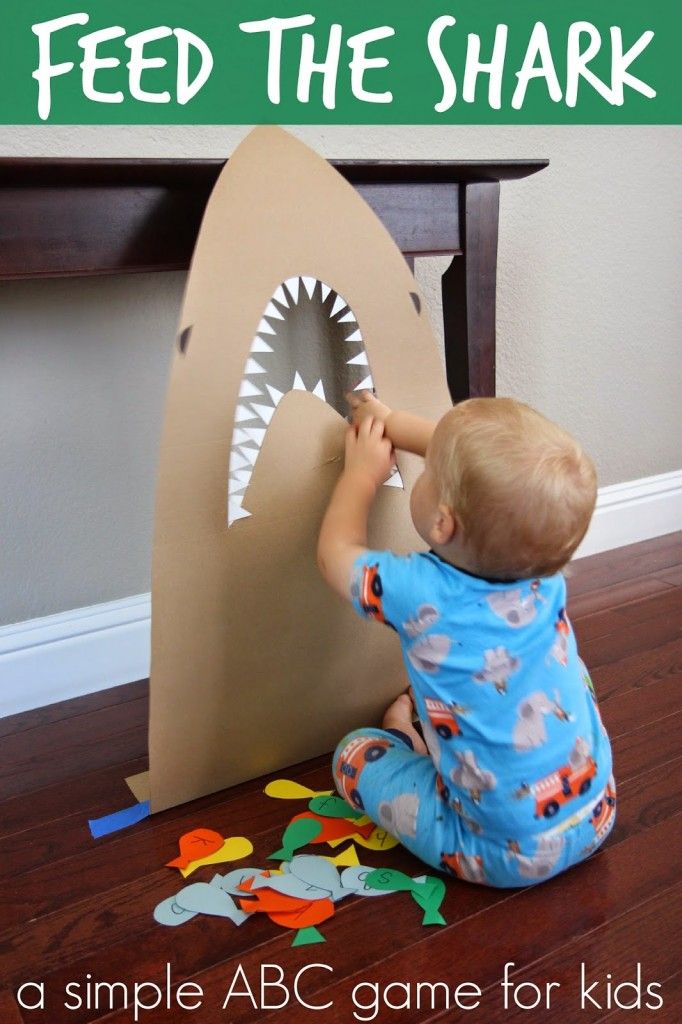 As soon as we remove the peel, the orange loses its aerial protection.
As soon as we remove the peel, the orange loses its aerial protection.
Why does an apple darken?
Cut the apple into six pieces. Place an apple slice into six cups. Add water to the first glass, milk to the second, apple cider vinegar or wine vinegar to the third, baking soda to the fourth, lemon juice to the fifth, and nothing to the sixth. Sign each cup and leave for 2-2.5 hours. Only an apple in lemon juice will not darken. It darkens when exposed to air. Lemon juice contains a lot of vitamin C, which is the first to react with air and break down, while the apple remains protected.
Wash your hands before eating
Take four ziplock bags, four large paper napkins and four slices of fresh bread. Wet wipes and place one in each bag. Hold one piece of bread with dirty hands, then put it in a bag and fasten it. Treat your hands with sanitizer and hold the second piece for a minute or a little longer, put it in the second bag and also fasten it.